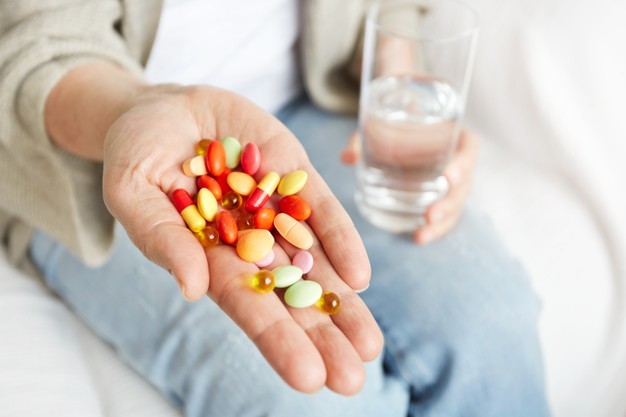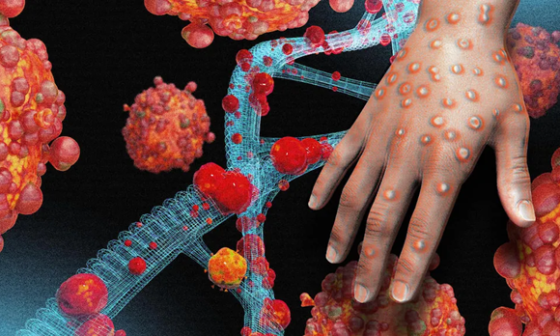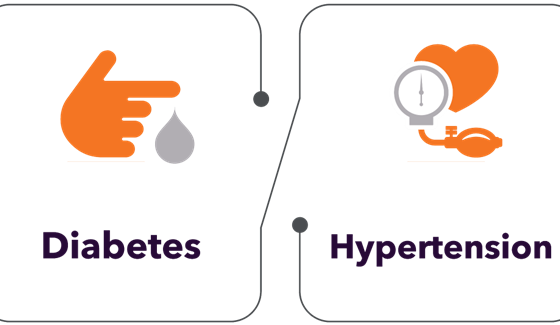Susan sat in the consulting room perplexed and thinking to herself- “What have I done to myself”. The doctor just explained to her that she had developed antibiotics resistance because of her repeated habit of taking antibiotics without a doctor’s prescription. She has to face the consequences of using an expensive alternative antibiotics for a simple infection she has.
According to Nigeria Center for disease control report on antimicrobial resistance, the average antibiotics resistance percentage in Nigeria ranged between 50-100% for common drugs used to treat urinary tract infections.
This antibiotic resistance rate and trend in Nigeria and across Africa is projected to rise if unchecked.
How can you stem this projected rise in antibiotic resistance?
This article will discuss the common causes of antibiotic resistance and the personal changes necessary to reduce the rising trend of antibiotic resistance in Nigeria.
What is Antibiotic Resistance
Antibiotics are drugs used to kill bacteria organisms. However, these drugs become resistant when they are no longer effective in killing bacteria organisms that cause infection. The bacteria develops resistant mechanisms to make the drugs less potent. Resistant bacteria infections are challenging to treat and requires a more expensive alternatives.
Commonly abused Antibiotics
- Amoxicilin
- Tetracycline
- Metronidazole ( Flagyl)
- Ciprofloxacin
- Cotrimoxazole
- Chloramphenicol
Common Behavioral causes of Antibiotic Resistance
- Wrong use of antibiotics: Most individuals take antibiotics for viral infections or do not complete the course of antibiotics treatment. If you do not complete the duration of treatment for an infection, there is a possibility that some bacteria organisms may survive and develop resistance to that drug. A common practice among most Nigerians is the use of antibiotics without a health professional’s counsel for treating cough and catarrh.
- Inappropriate prescription: This is usually common when a quack doctor prescribes the wrong antibiotics because the professional is not certain about the right antibiotics to use. It is recommended that specific antibiotics (antibiotics that targets a specific bacteria) should be prescribed more often than broad spectrum antibiotics (antibiotics that targets multiple bacteria).
- Unwholesome use of antibiotics for animals: A good number of farmers who rear animals use antibiotics indiscriminately on their animals without consulting a veterinary doctor. When this occurs, drug resistant bacteria grow and hide in meats and gets transmitted to humans when the meat is eaten especially if not properly cooked.
Consequences of Antibiotic resistance

- High cost of treatment: Individuals with antibiotics resistant infection may require prolong hospitalization and use of more expensive alternatives to successfully destroy the bacteria.
- Faster community spread of infections: As a result of the difficulties associated with treating antibiotics resistant infections, drug resistant infected persons can spread infections from one person to another.
- Higher risk of developing side effects of drugs: Individuals with antibiotic resistant bacteria infections often require the use of 2 or more drugs to treat their infection. The combination of drugs increases the chances of having the side effects of the drugs. For instance, treatment of drug resistant tuberculosis requires the use of at least 4 different drugs.
Prevention of Antibiotic Resistance
Antibiotics resistance is a public health concern because of the health dangers and economic burden it poses. Prevention of antibiotics resistance is multi-dimensional and it requires policy formulation and implementation and prevention at personal levels.
According to a recent study done in Nigeria, approximately 33% of Nigerians take antibiotics without a doctor’s prescription and majority of the study participants were not aware about antibiotic resistance and the health risks associated with it.
Therefore, educating individuals about the antibiotic resistance and prevention methods will significantly play a role in reducing the spread of drug resistant infections.
Personal prevention of Antibiotic Resistance
- Take antibiotics prescribed by a doctor only.
- Complete the duration of antibiotics treatment and do not stop your drugs because symptoms have subsided.
- Do not re-use previously prescribed antibiotics without proper guidance.
- Practice personal hygiene to reduce the chances of spreading or contracting a drug resistant bacteria infections.
- Get vaccinated against vaccine preventable diseases.
Conclusion
Antibiotics resistance has led to the emergence of drug resistant infections that are challenging to treat. Behavioral attitudes towards antibiotics treatment such as self-medication and incomplete treatment are major contributors to antibiotics resistance. Apart of policy formulation and changes, educating individuals about the consequences of their actions with antibiotics treatment is recommended to reduce the increasing cases of antibiotics resistance.






